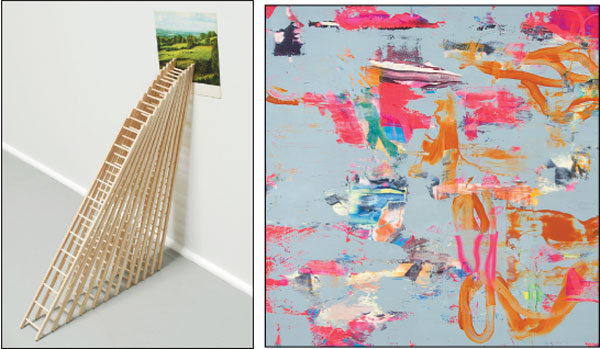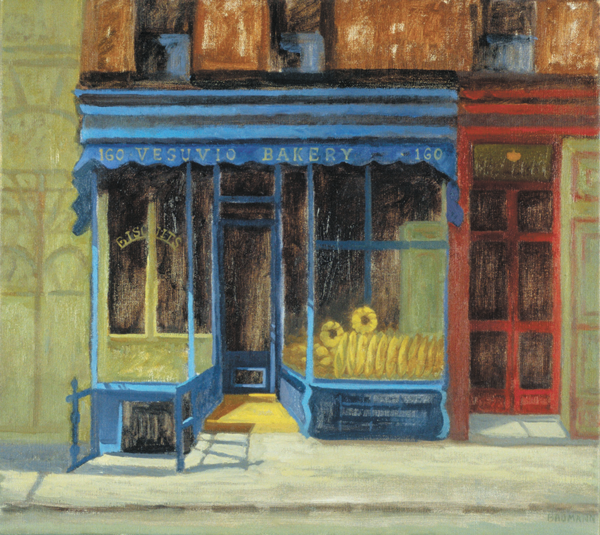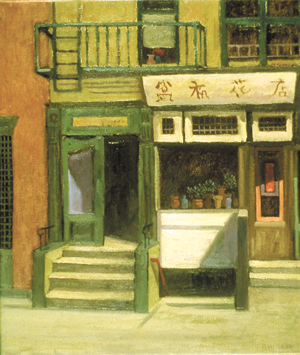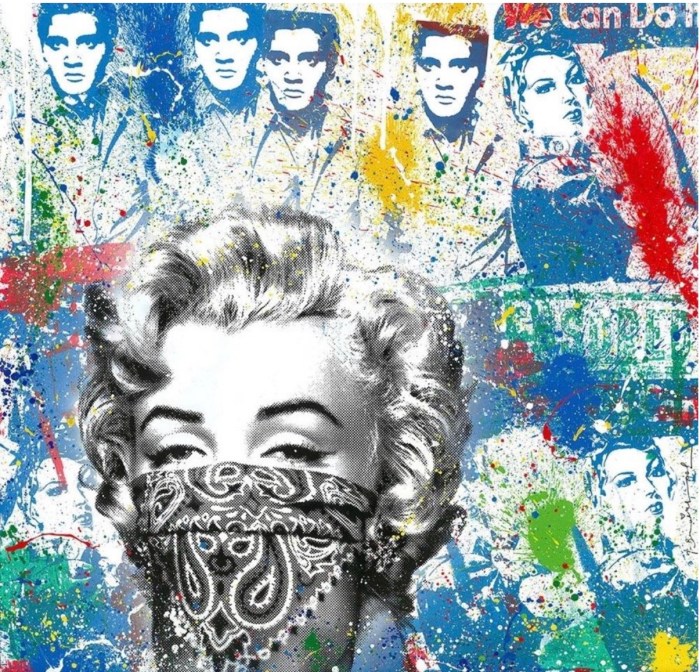 BY SCOTT STIFFLER | Someone once said,” observes artist Richard Baumann, “that landscape painting is all about loss and memory.”
BY SCOTT STIFFLER | Someone once said,” observes artist Richard Baumann, “that landscape painting is all about loss and memory.”
A project that began in 1993, it took only two decades for many of the West Village and Lower Manhattan shops depicted in Baumann’s oil paintings to go from neighborhood anchors to relics of a bygone era.
RICHARD BAUMANN: SHOP FRONT PAINTINGS
Through October 31
At 14th Street Framing Gallery
225 W. 14th St., btw. Seventh & Eighth Aves.
Visit rbaumannstudio.com
These days, visiting Joe’s Candy Store can only be accomplished by peering into the front window of the 14th Street Framing Gallery. That’s where Baumann’s work is on display, through October 31.
Be warned, though. The artist’s moody, time capsule take on his subject matter is awash in longing for a New York that lies just beyond our grasp — and the fact that the exhibit’s shelf life will soon expire puts an additional coat of melancholy on the experience.
Baumann’s storefronts are lovingly rendered time capsules
This is just one of the sad ironies resonating throughout Baumann’s thought-provoking collection of establishments that — were it not for unmistakable cues like urban stoops — might be found on the main drag of any small town in the early decades of the previous century. What’s more, the framed paintings of storefronts you’re mulling over happen to be hanging in the front window of…a store that specializes in framing things.


Some works on display were created on the very same block as the host venue, in a room with floor-to-ceiling windows that served as a painters’ studio since the 1950s. Baumann occupied it for 25 years, until “the lease went very high and I moved to a studio in Long Island City.”
Most of the six stores featured in his current exhibit aren’t around anymore — casualties of changing tastes, migrating populations and the same skyrocketing rents that chased Baumann out of Manhattan.
It’s not as if he didn’t see it coming. “When I had my first solo show in SoHo,” he recalls, “an art critic said that I was painting just ahead of the wrecking ball.”
Like Harry Chong Laundry (which opened for business on Charles Street and Waverly Place in 1945 and closed in 2006), Joe’s Candy Store only exists in the memories of its customers, the vapor trails of a Google search and, thankfully, in a Baumann painting. Prince Street’s Vesuvio Bakery (whose iconic storefront is still there) closed in 2009, a mere decade short of its century mark.
It’s hard to imagine anyone mounting a similar exhibit 20 years from now, in which lovingly rendered Citibank branches and 7-Eleven franchises evoke the same affectionate sense of belonging that Baumann brings to paintings like “Lower East Side Printshop.” But for 2013 toddlers who have little else to look up to, the corporate kudzu of today could very well become tomorrow’s nostalgia. Of course, they’d have to go away in order to be missed — but if a Duane Reade were replaced by a mom and pop shop, one hopes Baumann would be there, brush in hand, to document it.

















